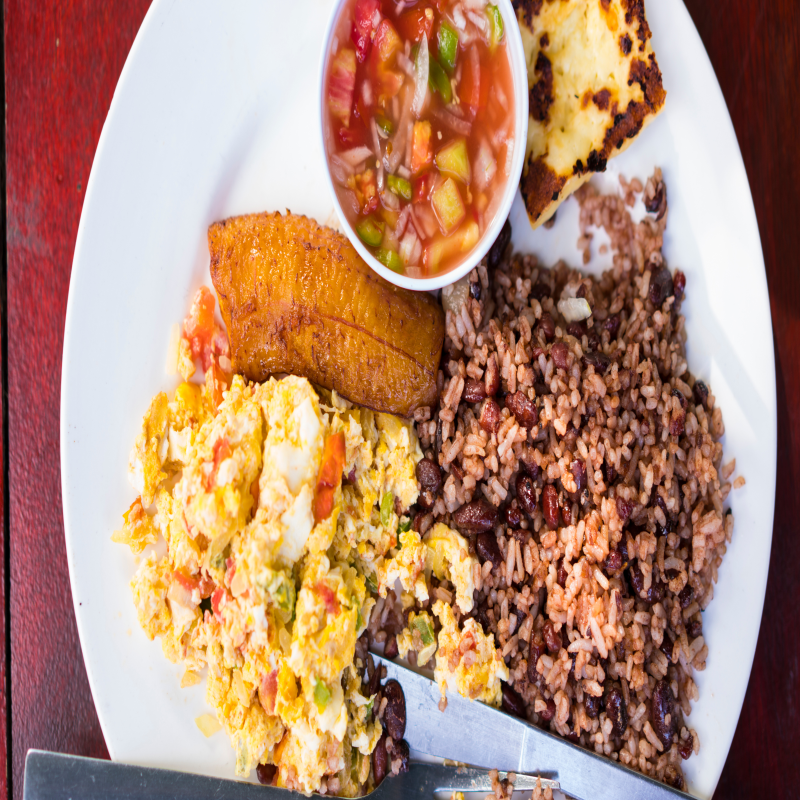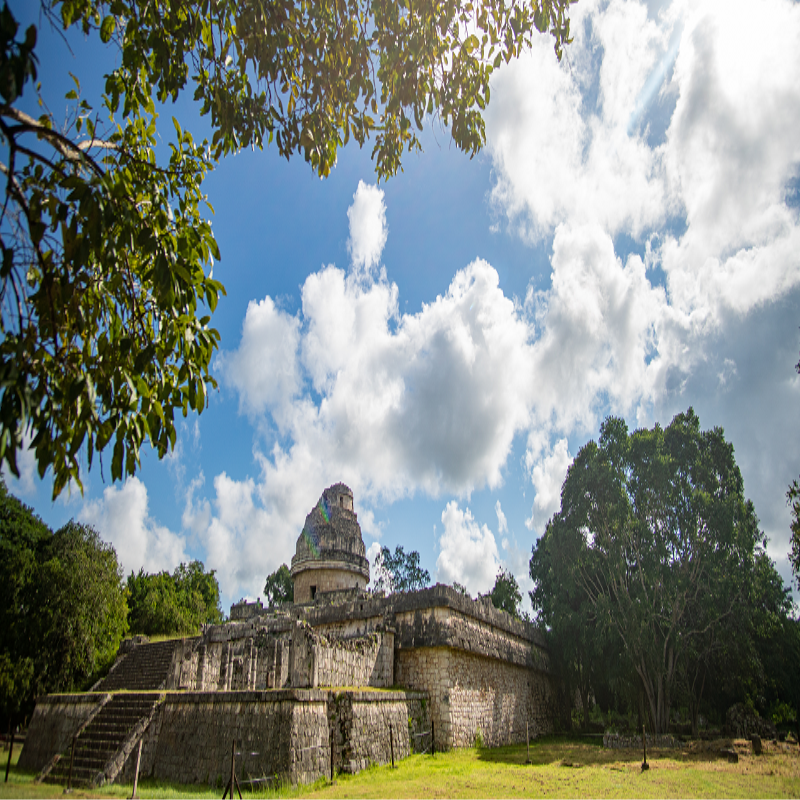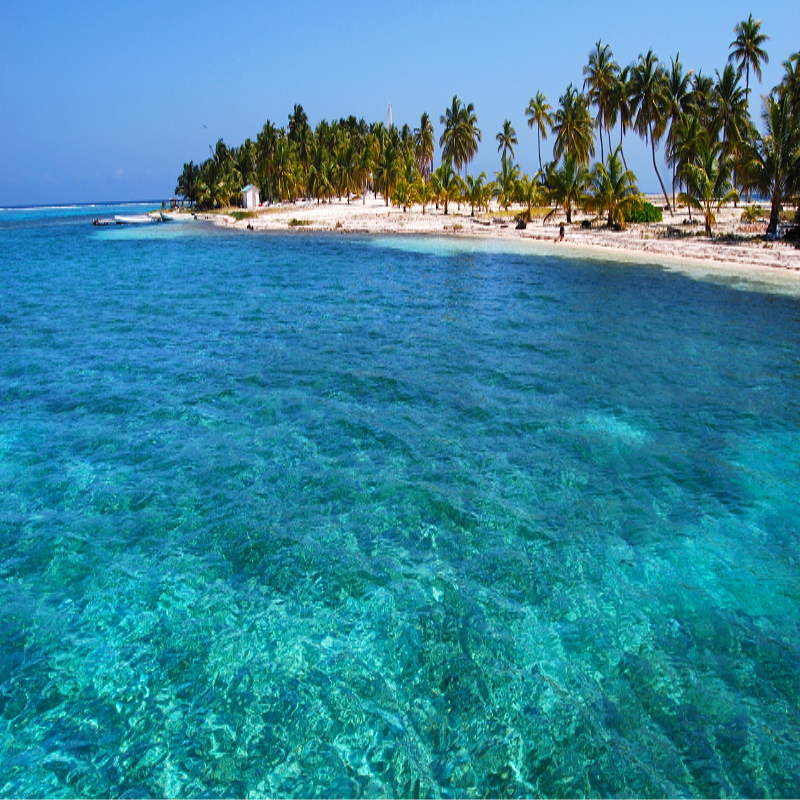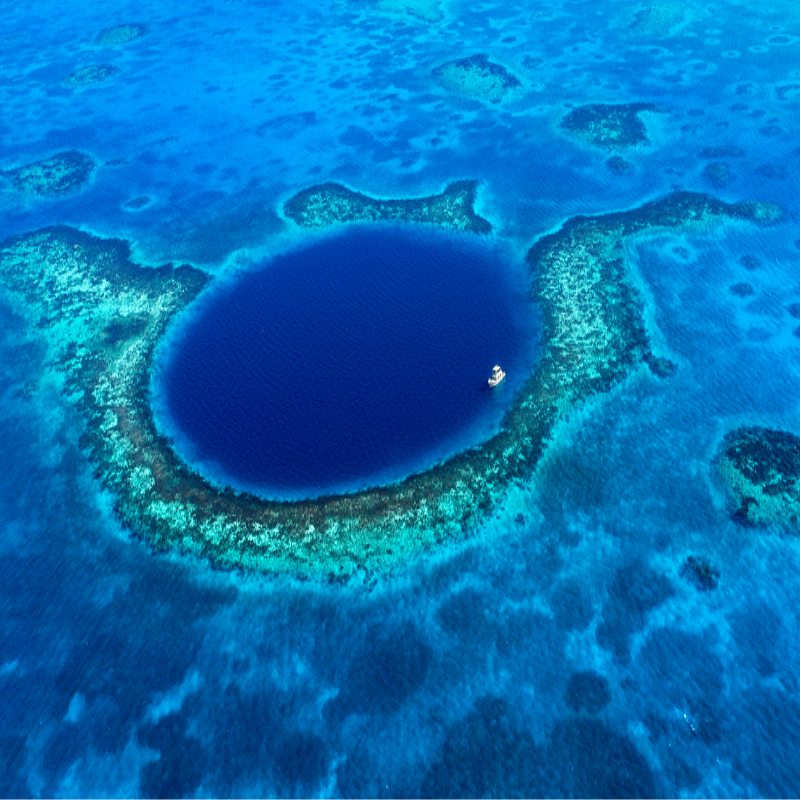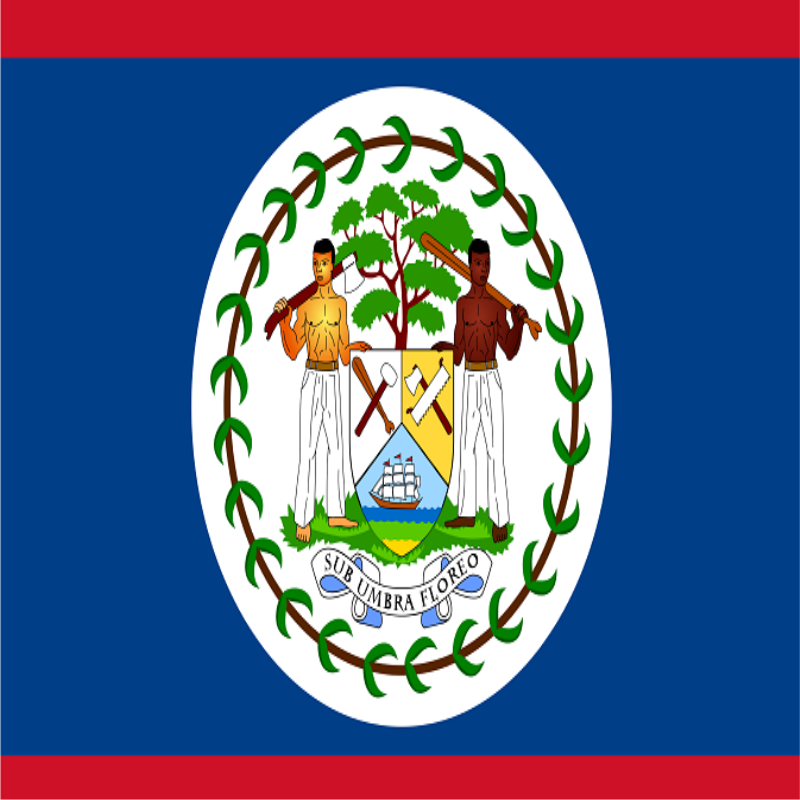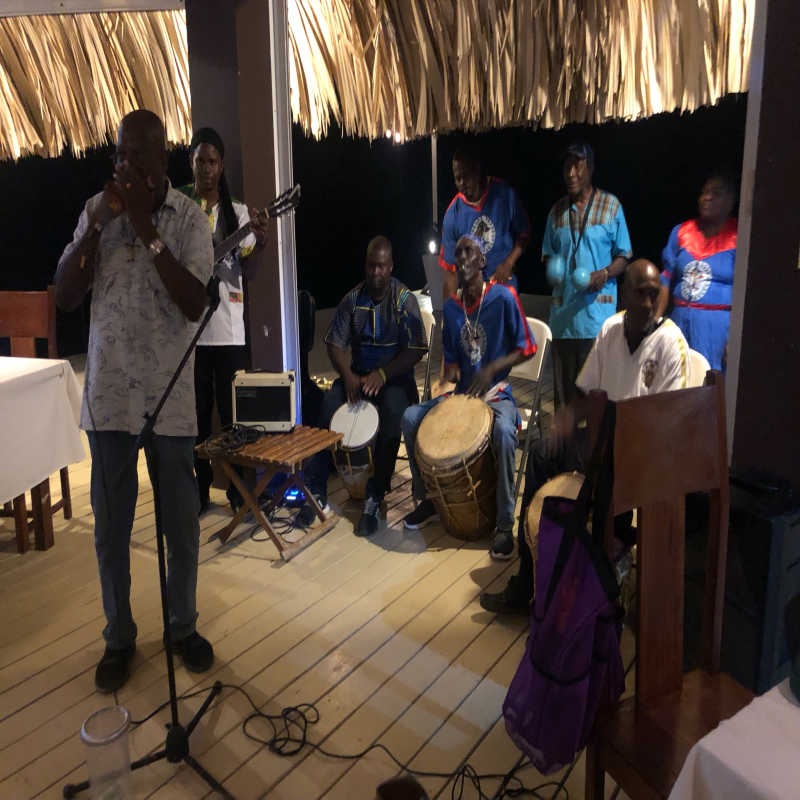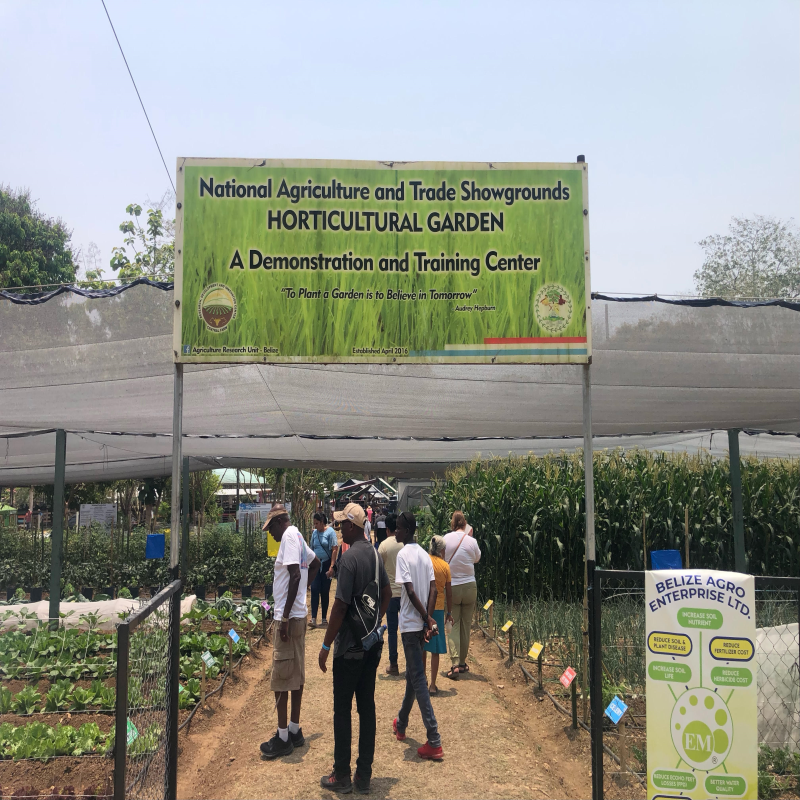
The Garifuna people

The Garifuna people are an Afro-Caribbean group with a rich cultural heritage that spans several centuries. Their history begins with the arrival of African slaves in the Caribbean in the 17th century, who intermarried with the local Arawak and Carib populations on the islands of St. Vincent and Dominica.
The resulting community of mixed-race people became known as the Garifuna or Garinagu. The Garifuna developed their own unique culture, combining elements of African, Arawak, and Carib traditions. They developed their own language, music, dance, and cuisine.
In the late 18th century, the British colonial government attempted to subjugate the Garifuna and the indigenous populations of St. Vincent and Dominica. After several wars, the Garifuna were defeated and many were deported to the island of Roatan, off the coast of present-day Honduras.
From Roatan, the Garifuna people spread throughout Central America and the Caribbean, including Belize, Guatemala, Nicaragua, Honduras, and the United States. Today, there are an estimated 300,000 Garifuna people worldwide, with significant populations in Belize and Honduras.
The Garifuna culture is characterized by a deep connection to the natural world, as well as a strong emphasis on music and dance. The traditional Garifuna drumming style, called punta, is known for its intricate rhythms and complex choreography. The Garifuna also celebrate a number of festivals and holidays throughout the year, including Garifuna Settlement Day, which commemorates the arrival of the Garifuna in Belize.
Garifuna cuisine is also a significant part of their cultural heritage, with dishes like hudut (a fish stew served with mashed plantains), cassava bread, and coconut-based desserts. The Garifuna people are also known for their traditional healing practices, which include the use of herbs and natural remedies.
Despite their rich cultural heritage, the Garifuna people have faced significant challenges throughout their history, including discrimination and marginalization. However, their resilience and determination have allowed them to preserve their unique culture and pass it down to future generations.
In recent years, there has been a growing awareness and appreciation for Garifuna culture, with efforts to preserve and promote their language, music, and traditions. This includes the establishment of cultural centers and museums, as well as the recognition of Garifuna Settlement Day as a national holiday in Belize.
In conclusion, the Garifuna people are an important part of the cultural fabric of Central America and the Caribbean. Their unique heritage and traditions have contributed to the diversity and richness of the region, and their resilience in the face of adversity is a testament to the strength of the human spirit.

